- News
-
-
-
-
-
Latest News Articles
- WSB: Study tests accuracy of thermal drone surveys April 26, 2024
- Computer model explores Tribal use of fire for ecosystem health April 26, 2024
- 2024 TWS Elections: Southwest Representative April 25, 2024
-
-
-
- Wildlife Professional Resources
-
- Our Network
-
- PUBLICATIONS
-
-
Recent Posts
-
 The Wildlife Professional November/December Issue
November 1, 2023
The Wildlife Professional November/December Issue
November 1, 2023
-
-
-
-
-
-
- Wildlife Events
-
-
-
Upcoming Webinars
- No Events
-
-
-
- Who We Are
-
Category: TWS Wildlife News
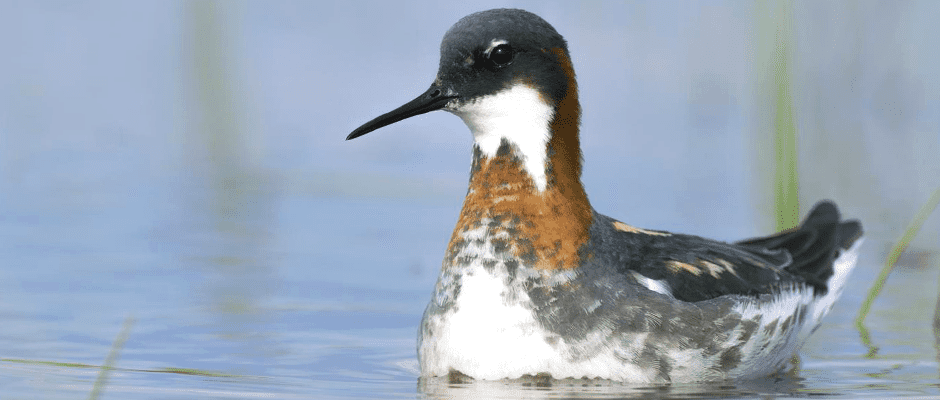
November 30, 2017
Hazards on migration route may imperil Arctic shorebirds
Arctic shorebird populations have been dwindling for more than a decade, but recent research suggests that habitat loss and other factors along their migratory routes may be more responsible for...

November 29, 2017
ANWR debate continues in Congress
The fight over whether to drill for oil and gas in the Arctic National Wildlife Refuge (ANWR), continues to heat up. In October, the Senate agreed to a budget resolution...
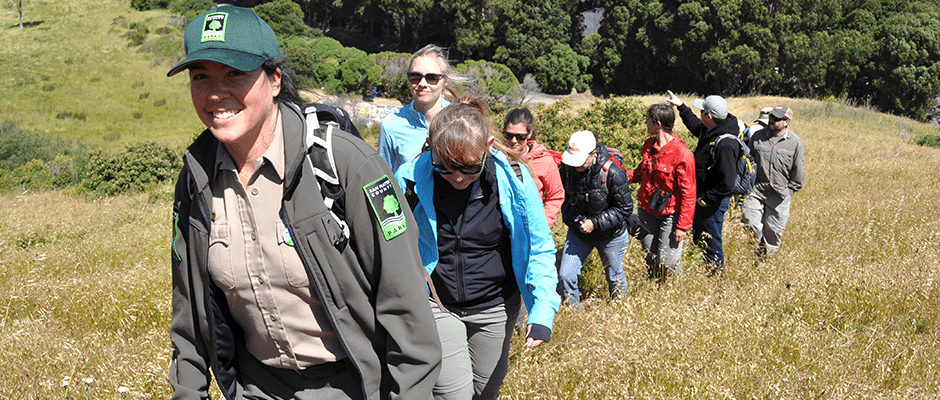
November 29, 2017
Site visit insights: Butterflies find key habitat on San Bruno Mountain
Site visits are critical to helping scientists learn more about species and their habitats. The trips often take them into areas most people do not have a chance to explore,...
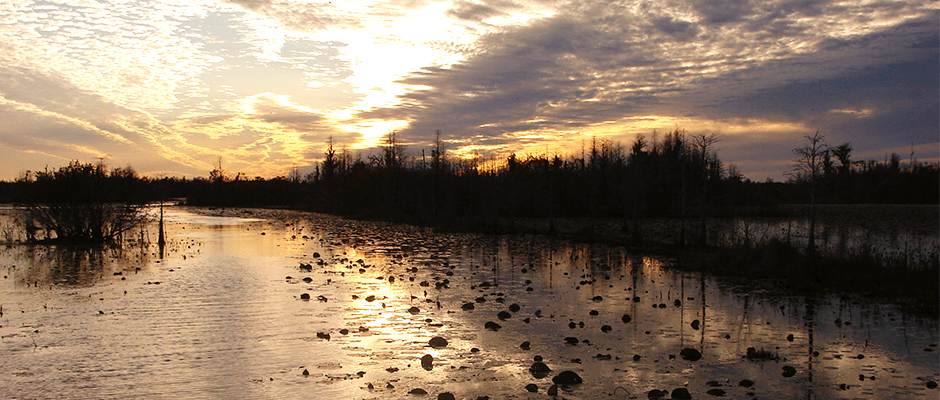
November 28, 2017
House Subcommittee held hearing on four bills
On November 15, the House Committee on Natural Resources Subcommittee on Federal Lands held a hearing on four bills, including H.R. 3979, Keep America’s Refuges Operational Act. The Wildlife Society...
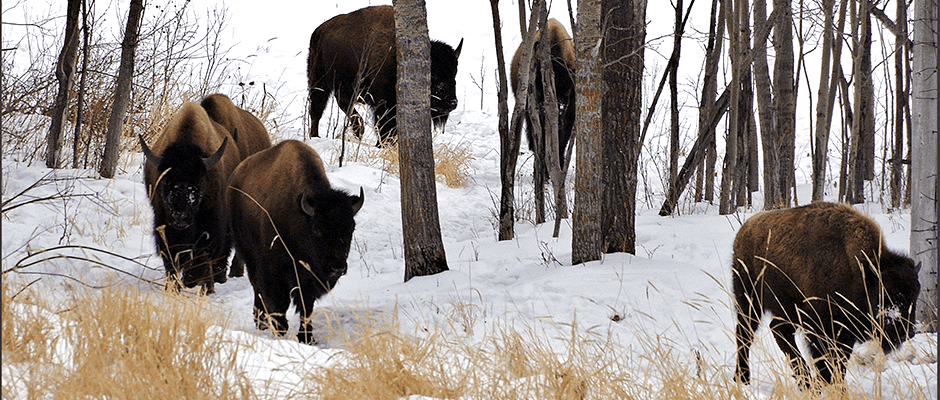
November 24, 2017
White bison calf born in Farewell herd
Early this past summer, a white calf was photographed in the Farewell Bison Herd, one of the four herds of plains bison in Alaska. Researchers suspect that the white bison...
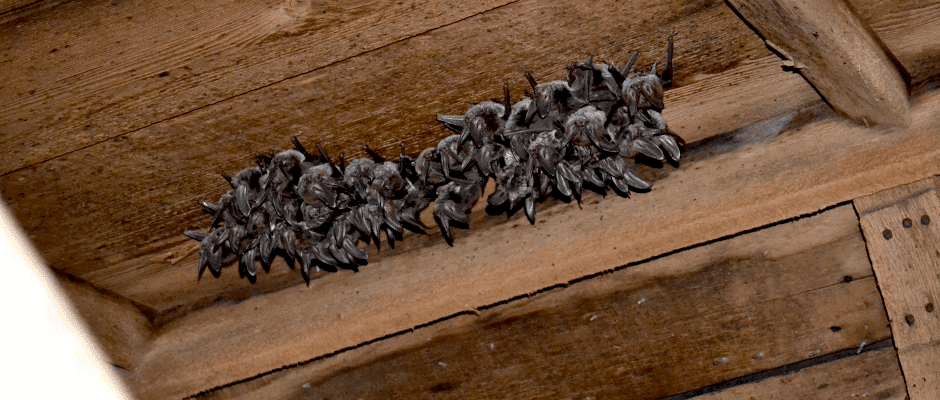
November 24, 2017
JWM: Bats choose old and dark buildings
When you think about bats, you may imagine them roosting in the sort of dark, dingy quarters where they often appear in movies and television shows. New research shows you...
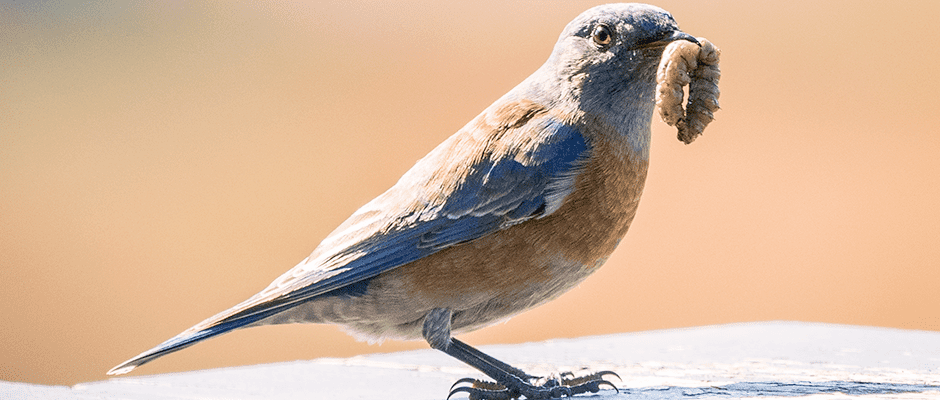
November 22, 2017
California birds adjust nest timing in a warming climate
Birds in California have shifted their breeding season about five to 12 days earlier than a century ago, according to new research. TWS member Steven Beissinger, a professor of ecology...

November 22, 2017
Farmland milkweed supports more monarch eggs
Ever since they learned that the monarch butterfly’s swift decline is tied to reductions in its host plant, conservationists have been planting milkweed alongside roads to boost the pollinator’s population....
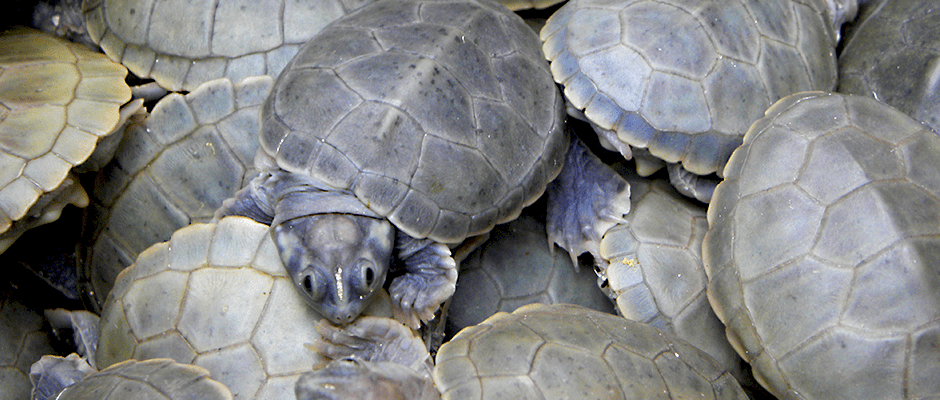
November 21, 2017
WSB: A low-cost approach boosts female Amazon River turtles
Amazon River turtles’ greatest threat is illegal harvesting, and since females, which grow larger and are easier to capture than males, are particularly targeted, concerns about the species’ future are...
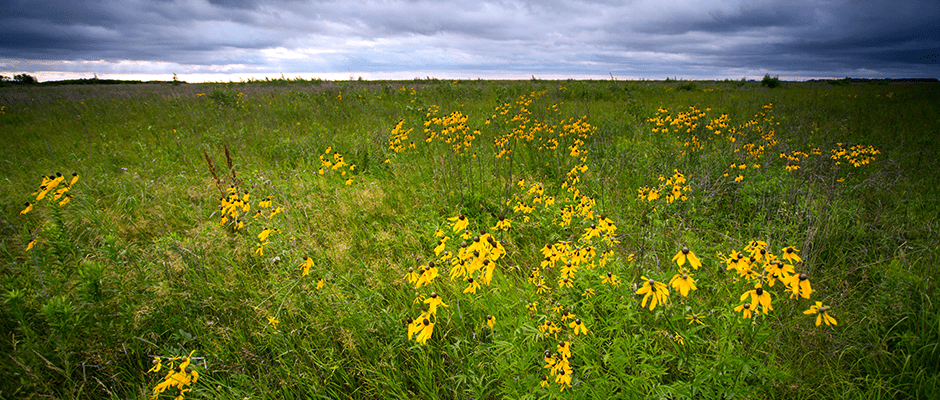
November 20, 2017
TWS supports native plants standard in Farm Bill
Nineteen organizations, including The Wildlife Society, signed a letter to Congress in support of a native plants standard in the 2018 Farm Bill. The letter proposes that the USDA adopt...

